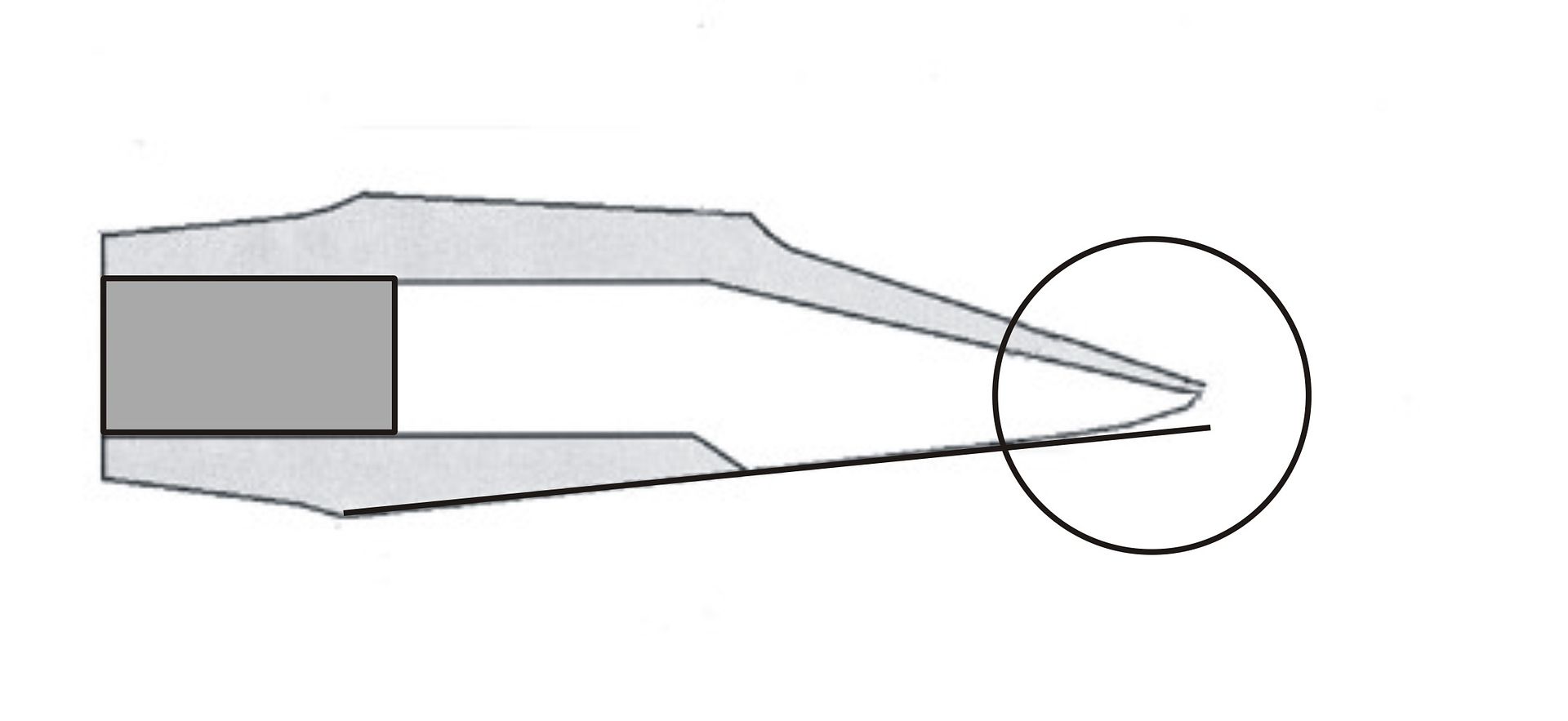Here is a comment I received by e-mail from a colleague which I think is worth introducing to the Some points that may help convince the "stubborn" on the Woof mouthpiece thread:
All of the muscles which allow the tongue to move are attached to the jaw, from just behind the lower front teeth to the jaw "hinge" just in front of the ear. Since the jaw muscles overlap the tongue muscles and all the facial tissues are connected in some way, one simply can not move the tongue without affecting the jaw pressure (while playing, as opposed to position) to even some minute degree. Aside from that, tongue position (vocal tract pitch) doesn't affect played pitch any more than the combined Z of the VT and reed resonance together can affect the negotiations of the considerably stronger tube resonances in deciding what fundamental frequency the regime forms at - minimally.
While there is a very wide range of various manipulations used by players at the various levels of proficiency/sensitivity, accomplished players don't think of using tongue position to change pitch, if they have thought about what they do at any length. Jaw/embouchure pressure controls pitch and any change in pitch requires embouchure corner/vocal tract/tongue position adjustments to optimize VT and reed resonance for tonal control (note voicing). Everything has to be done at once so the sensation of what is happening blurs. As Carina Rascher says, one can make jaw/embouchure pressure adjustments for basically, only +/- 3 cents of pitch correction, after which those adjustments render optimal note voicing impossible. Then a new fingering or a better mouthpiece/horn match must be found.
All of the muscles which allow the tongue to move are attached to the jaw, from just behind the lower front teeth to the jaw "hinge" just in front of the ear. Since the jaw muscles overlap the tongue muscles and all the facial tissues are connected in some way, one simply can not move the tongue without affecting the jaw pressure (while playing, as opposed to position) to even some minute degree. Aside from that, tongue position (vocal tract pitch) doesn't affect played pitch any more than the combined Z of the VT and reed resonance together can affect the negotiations of the considerably stronger tube resonances in deciding what fundamental frequency the regime forms at - minimally.
While there is a very wide range of various manipulations used by players at the various levels of proficiency/sensitivity, accomplished players don't think of using tongue position to change pitch, if they have thought about what they do at any length. Jaw/embouchure pressure controls pitch and any change in pitch requires embouchure corner/vocal tract/tongue position adjustments to optimize VT and reed resonance for tonal control (note voicing). Everything has to be done at once so the sensation of what is happening blurs. As Carina Rascher says, one can make jaw/embouchure pressure adjustments for basically, only +/- 3 cents of pitch correction, after which those adjustments render optimal note voicing impossible. Then a new fingering or a better mouthpiece/horn match must be found.


